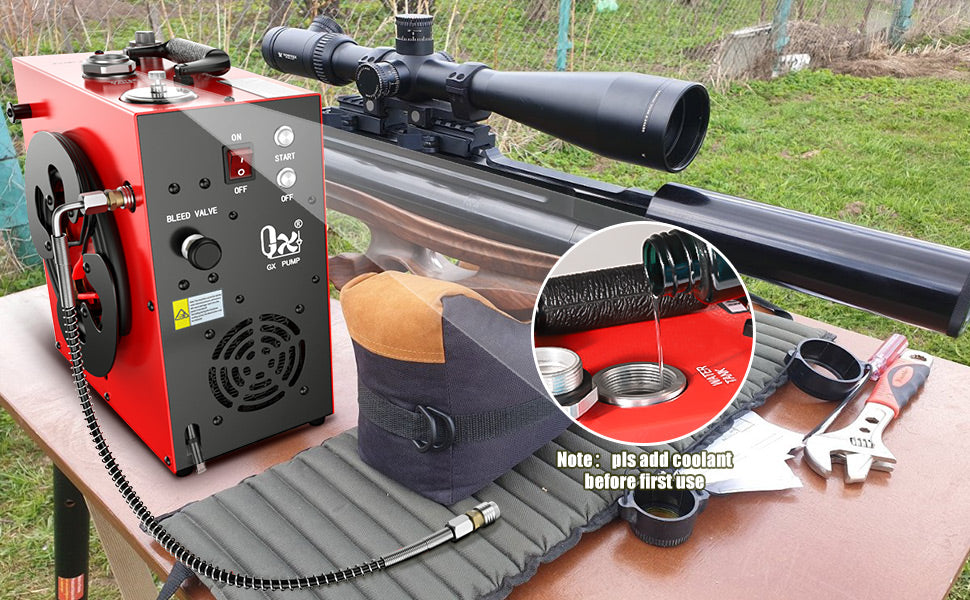I am also new to compressors. If not for my failing health, I would still be happy hand pumping. Those who claim it is a chore either shoot a HELL of a lot more than I do or are wimps. Probably both. (chuckle)Thanks, Kerry. The one thing folks in the freezing areas have over us is a naturally lower RH. Mine tend to run 60-85% about 10 months of the year.
But yeah, you are right. That $1 of distilled water should last what, about 10-11 years if changed every 12 months, and is THE best as well as the lowest-cost option out there. (And if anyone is hard up for money after buying the compressor, they can always drain the water thru a t-shirt into a glass and drink the water, so technically the total cost is reduced to $Free.99, lol.)
I have no idea what the RH inside my home is, perhaps it's high time I invest in a hygrometer? I could always bring the CS4 indoors to fill, not sure how much the Esposa would like that, but it's all for the good of preserving our investments, right? (I think I will just fill mine outside, but plan to build a rather large-surface pre-filter rilled with reusable media to assist with moisture control).
Interesting point about the hand pumping thing; something I have been too lazy to do, but it makes PERFECT sense to pay attention to RH/DP spread.
I am brand new to the compressor scene, but have been following threads on brands and moisture control for years. One thing I haven't discovered is how the CS4 handles the moisture... is their filter a molecular sieve? Cotton? Anything other than a collection/drain unit for water? Since the CS4 comes with a filter installed, I plan to use the below filter between the pump and my tanks, but will put some dri-air material between the cottons. Reckon that will be sufficient? I wanted to stay as small as possible so as to reduce the volume that is required to be pressurized each cycle. I would appreciate any thoughts from anyone with CS4 experience!
Thanks for the reply!
Dave
View attachment 433959
I do recommend buying some good hygrometers. Look for the ones recommended by cigar/tobacco enthusiasts as they will probably be more accurate once you calibrate them using the "salt" method. Look it up...
I have no idea how the CS4 handles moisture. The claim is that it already has the capability to at least reduce moisture, but like you, I simply don't know how it is supposed to do it. I haven even taken off the outer cover on my CS4 to see, one way or the other.
As you already have read, I TRY to only pump when the RH and dew point are below a certain level. For ME, that works, but for those who shoot a lot more than I do, there will be times when pumping has to be done under less than optimal humidity conditions. In that case, I recommend looking at what others on AGN recommend for filters, etc as I can't speak to that with any merit or experience.
Yes, I hand pumped for about 5 years. Never had a problem with moisture, but I always knew the RH and dew point and tried to only pump when those criteria were at or below a certain level.
Anyway, I am tired now and am probably repeating myself more than answering any of your questions. So I will say good night.
All my best!
Kerry
Last edited:
Upvote 0
